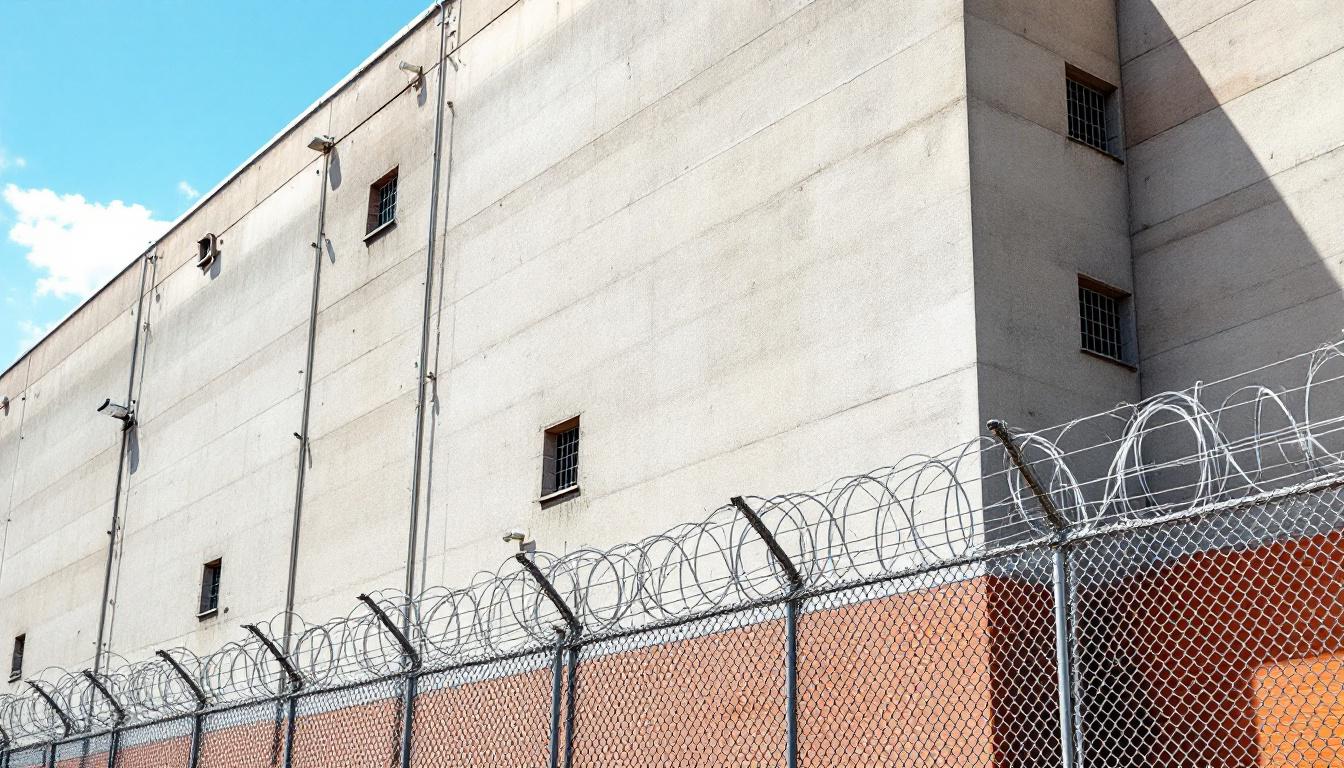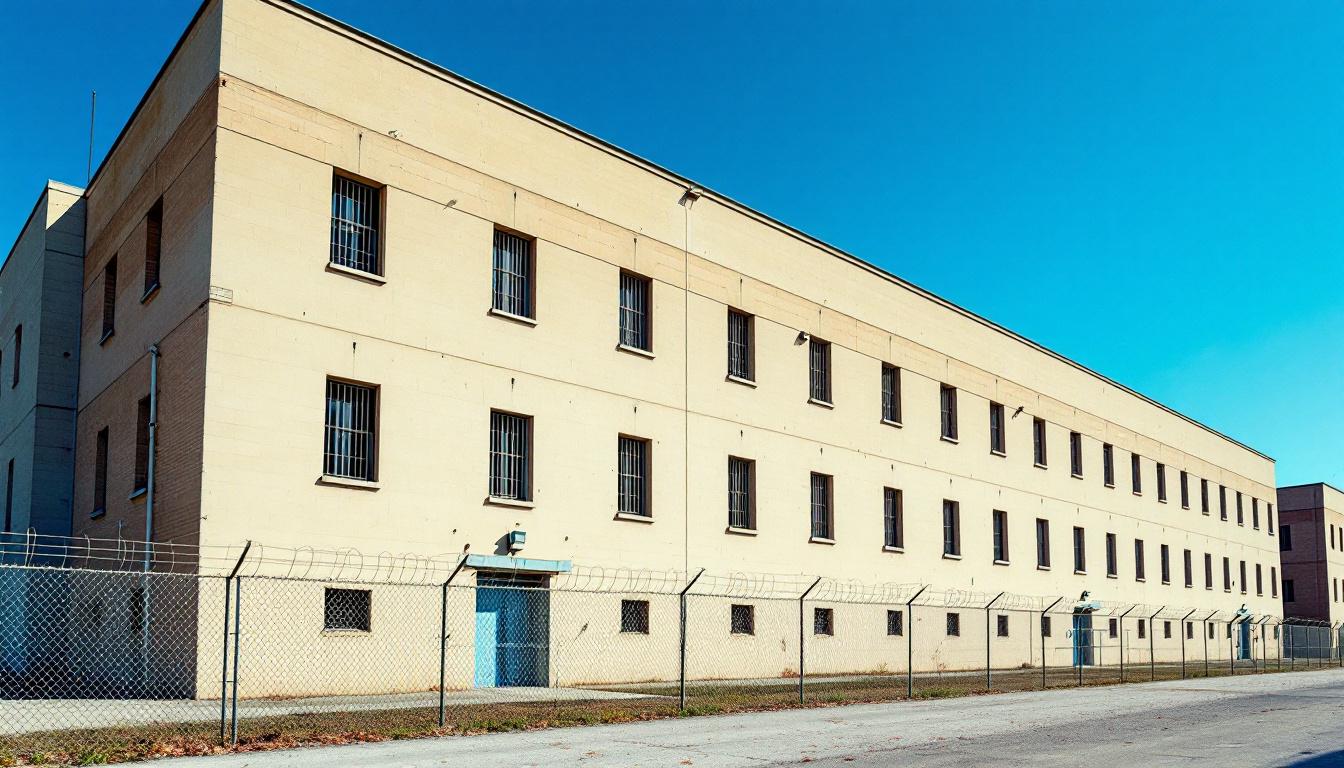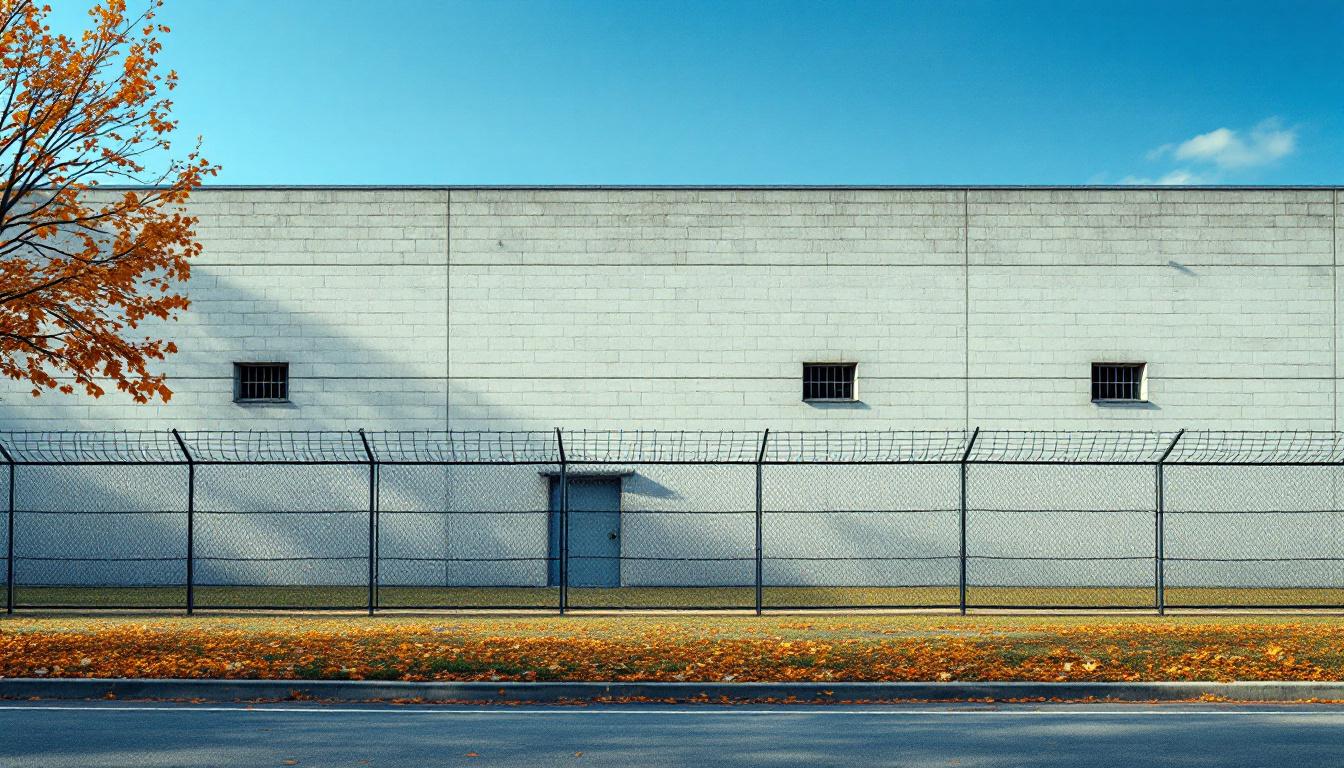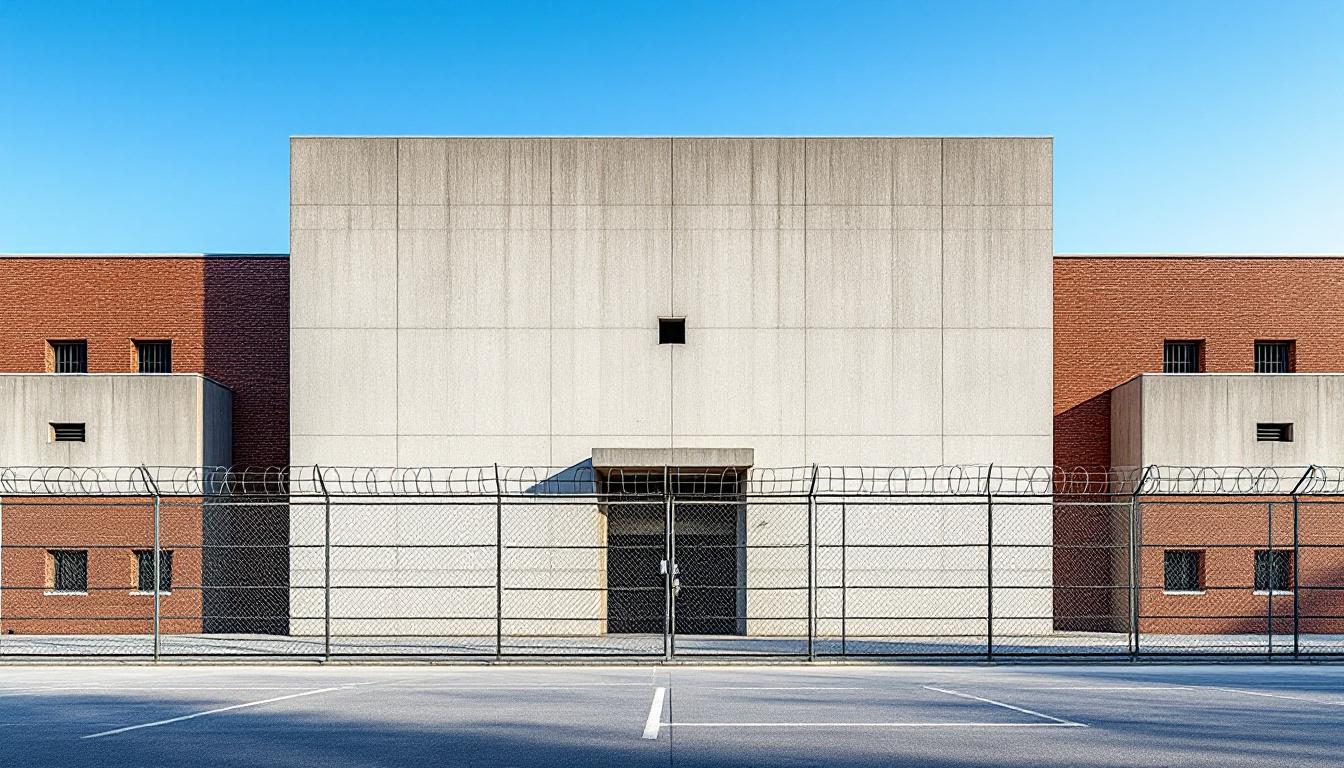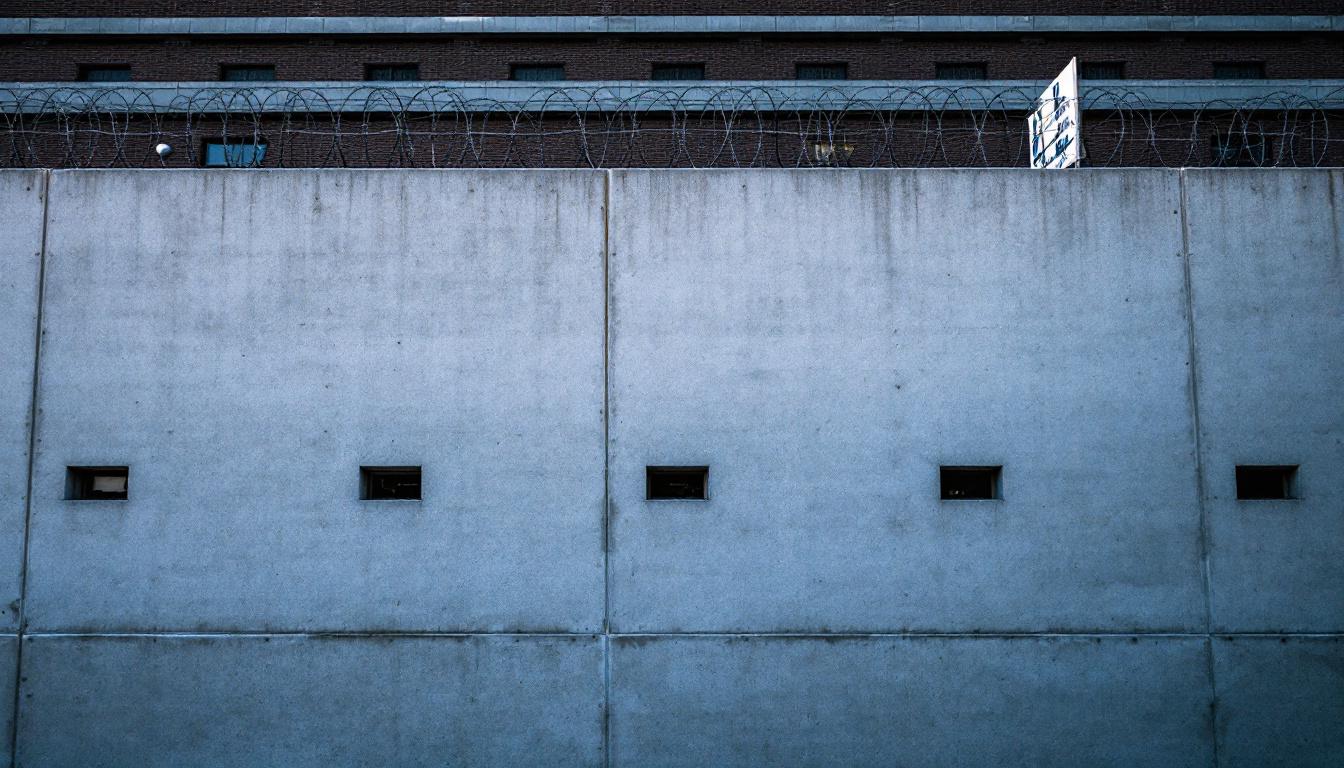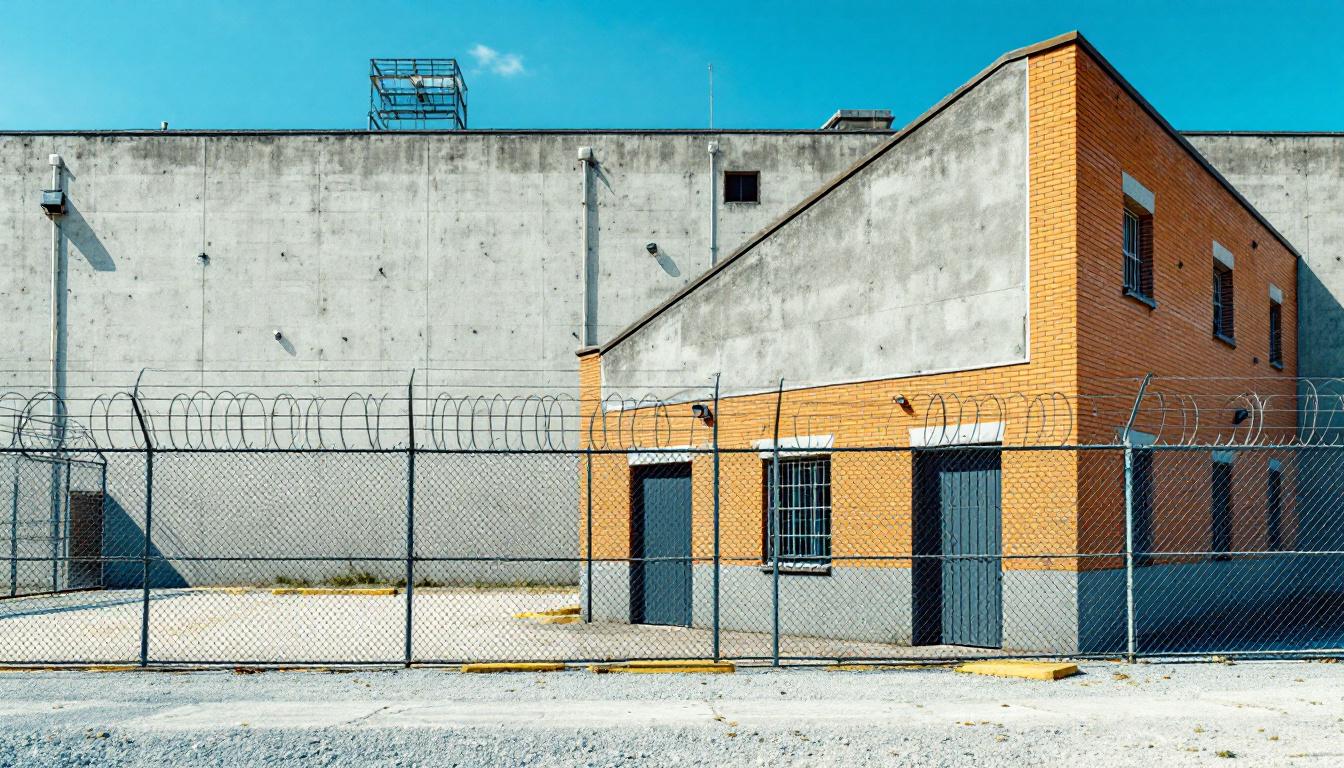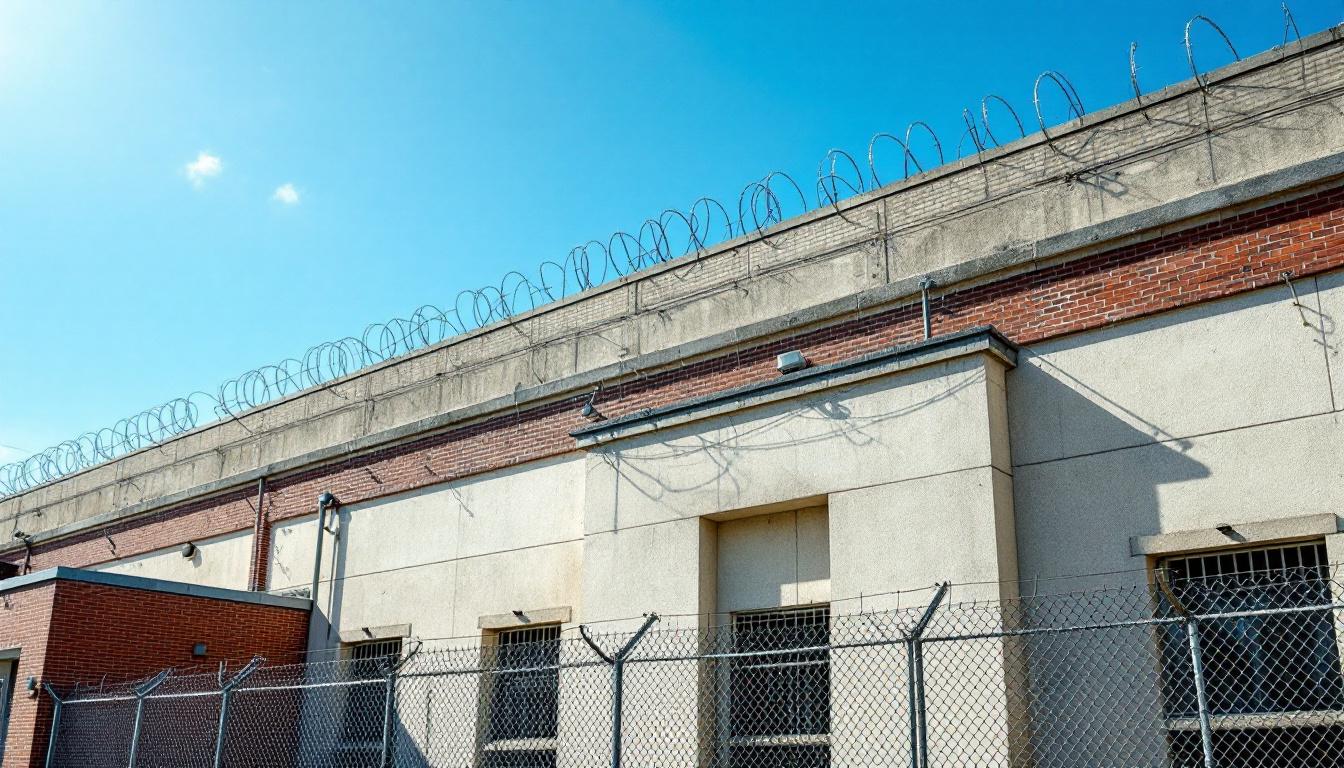
Quick Navigation
How to contact an inmate at Williams County Correctional Center
This comprehensive guide will walk you through how to connect with an inmate at Williams County Correctional Center. Follow the steps below to find an inmate and send letters and photos:
- Search for the inmate using our search tool below
- Create your account or log in to Penmate
- Write your message (up to 6,000 characters)
- Send instantly - inmates receive printed copies daily
Find an Inmate
Search for an inmate to start communicating today
Tip: You can search by first name, last name, or inmate ID number
To contact a person at Williams County Correctional Center start by searching for the person on the official facility website. Perform a search by following these steps:
- Step 1: Enter their first name and last name into the search form and click "Search"
- Step 2: Locate their inmate record
- Step 3: Write down their Inmate ID and any housing information provided
Important! Be sure to enter the person's full name. Nicknames should not be used.
How to Send Messages to Inmates

You can use your phone or computer to send emails, letters, and photos to an inmate. Messages are sent electronically to inmate tablets or kiosks at the facility. If you would like to send a message, start by searching for an inmate at Williams County Correctional Center.
Sending Photos and Postcards

A great way to send love and support to a loved one at Williams County Correctional Center is to send photos and postcards. It only takes a few minutes to send photos from your phone and it makes a huge difference. You can also mail postcards with words of support and inspiration, or design your own postcard for special moments like birthdays and holidays.
Important! Be sure not to send any explicit photos or they may not be approved by the facility. You can also use a photo printing app like Penmate to make sure your photos are printed at the correct size (4x6 or 3x5) and are mailed according to the rules and regulations of Williams County Correctional Center.
Frequently asked questions about Williams County Correctional Center
-
How long does it take to deliver a message?
If you're sending an email message your letter is usually delivered within 24-48 hours. For messages sent via mail you should expect delivery within 3-7 days. All messages will need be approved by Williams County Correctional Center.
-
How much does it cost to send a message to Williams County Correctional Center?
You can send a message free using your phone or mail a message via USPS for the price of a $0.60 stamp and envelope. You can also purchase credits or e-stamps from services starting at $1.99.
-
What services can I use to contact an inmate at Williams County Correctional Center?
Penmate
You can use Penmate to send letters and photos to an inmate from your phone. It's an easy way to stay in touch during your loved one's incarceration. Use the inmate locator to find an inmate's location and contact information, then you can send messages within a few minutes.
Securus messaging
Securus may be another option for communicating with an inmate at Williams County Correctional Center. You can create a friends and family account and purchase credits to send messages. All messages will be reviewed and must be approved by the facility.
JPay
Some county jails and state prisons may support sending messages with JPay. You must register an account with the system, find your loved one, and purchase stamps to send messages. For some locations you can also attach photos.
Smart Jail Mail
You may also check if Smart Jail Mail is available at Williams County Correctional Center. Smart Jail Mail is operated by Smart Communications and has contracted with some state and county jails. After purchasing credits, your messages and photos are sent to the facility, printed out, and then handed out to your loved one.
-
What is the mailing address of Williams County Correctional Center?
Mailing address:
Williams County Correctional Center
223 E Broadway
Williston, ND 58801
Phone: (701) 577-4585 -
What are the visiting hours at Williams County Correctional Center?
Visiting hours at Williams County Correctional Center vary by housing unit and security level. Generally, visits are scheduled on weekends and holidays, with some facilities offering weekday visits. Contact the facility directly at (701) 577-4585 or check their website for the current visiting schedule. Visits typically last 30-60 minutes and must be scheduled in advance.
-
What items are prohibited when sending mail to Williams County Correctional Center?
Prohibited items typically include: cash, personal checks, stamps, stickers, glitter, glue, tape, staples, paperclips, polaroid photos, musical or blank greeting cards, hardcover books, magazines with staples, and any items containing metal or electronics. Only send letters on plain white paper with blue or black ink. Photos must be printed on regular photo paper (no Polaroids). Always check with Williams County Correctional Center for their specific mail policies.
-
How do I send money to an inmate at Williams County Correctional Center?
You can send money to an inmate at Williams County Correctional Center through several methods: 1) Online using JPay, Access Corrections, or the facility's approved vendor, 2) Money orders mailed directly to the facility with the inmate's name and ID number, 3) Kiosks located in the facility lobby, or 4) Over the phone using a credit or debit card. Fees vary by method, typically ranging from $2.95 to $11.95 per transaction.
-
Can I schedule a video visit with an inmate at Williams County Correctional Center?
Many facilities now offer video visitation as an alternative to in-person visits. At Williams County Correctional Center, video visits may be available through services like Penmate, Securus Video Connect, GTL, or ICSolutions. Video visits typically cost $10-20 for 20-30 minutes and must be scheduled in advance. You'll need a computer or smartphone with a camera and reliable internet connection. Contact the facility for their specific video visitation policies and approved vendors.
-
What identification do I need to visit an inmate at Williams County Correctional Center?
All visitors must present valid government-issued photo identification such as a driver's license, state ID, passport, or military ID. Minors must be accompanied by a parent or legal guardian who can provide the minor's birth certificate. Some facilities require visitors to be on the inmate's approved visitation list, which may require a background check. Contact Williams County Correctional Center for specific ID requirements and visitor approval procedures.
-
How can I find out an inmate's release date?
To find an inmate's release date at Williams County Correctional Center, you can: 1) Use the online inmate search tool if available, 2) Call the facility's records department, 3) Contact the inmate's case manager or counselor, or 4) Have the inmate provide this information during a call or visit. For privacy reasons, some facilities only release this information to immediate family members.
Facility Overview
Contact Information
Williams County Correctional Center223 E Broadway
Williston, ND 58801
Phone: (701) 577-4585
Official Website

About Williams County Correctional Center
Nestled within the growing energy hub of Williston, North Dakota, Williams County Jail serves as a cornerstone facility in the region’s approach to corrections and community safety. This ND correctional facility operates within the broader framework of North Dakota’s county jail system, addressing the detention and rehabilitation needs of individuals awaiting trial or serving shorter sentences. The facility’s location in Williston positions it strategically to serve not only local residents but also the transient population drawn to the area’s economic opportunities, requiring a comprehensive approach to offender management that addresses diverse backgrounds and circumstances.
The jail’s operational philosophy typically emphasizes evidence-based practices that support both public safety and individual rehabilitation. Residents services may include educational programming designed to address literacy and basic life skills, substance abuse counseling programs that tackle underlying issues contributing to criminal behavior, and vocational training opportunities that prepare individuals for successful reintegration into the community. Mental health support often forms a critical component of the facility’s offerings, recognizing the complex needs that many individuals bring with them. The facility generally maintains connections with local service providers and community organizations to ensure continuity of care and support upon release, reflecting the midwest region’s collaborative approach to corrections and community wellness.
Programs & Services
Comprehensive rehabilitation initiatives at Williams County Jail in North Dakota operate under a holistic philosophy that recognizes education and skill development as fundamental pathways to successful community reintegration. The facility’s approach emphasizes creating meaningful opportunities for personal growth while addressing the underlying factors that may contribute to recidivism. Through carefully structured programming, residents can engage in transformative experiences that build both practical competencies and essential life skills necessary for sustainable change.
Educational initiatives form the cornerstone of the facility’s rehabilitation efforts, typically offering literacy enhancement, GED preparation, and basic academic skill development tailored to individual learning needs. These programs may deliver instruction through both classroom settings and individualized tutoring arrangements, allowing residents to progress at their own pace while building confidence in their academic abilities. Furthermore, vocational training initiatives often include instruction in trades such as carpentry, electrical work, and automotive maintenance, providing residents with marketable skills that can translate directly into employment opportunities upon release.
Support services extend beyond traditional classroom learning to encompass practical work programs that may include building maintenance responsibilities, landscaping projects, and facility operations assistance. These initiatives typically serve dual purposes: maintaining the facility while offering residents hands-on experience in various trades and work environments. Furthermore, communication skills development programs often focus on conflict resolution, interpersonal relationships, and professional communication techniques, equipping residents with the social competencies essential for successful reentry into their communities and workplaces.
Daily Life & Visitation

The rhythmic sound of morning announcements consistently signals the beginning of each structured day, as residents follow carefully organized schedules that deliver predictability and order to their daily experience. Today’s routine typically begins with morning counts and meal service, followed by work assignments, programming sessions, and designated recreation periods that help establish a sense of normalcy within the facility environment. The structured nature of these daily activities generally provides residents with clear expectations and purposeful engagement throughout their time at the facility.
Living accommodations at Williams County Jail typically consist of housing units designed to provide basic necessities while maintaining appropriate security measures for this type of correctional facility. Residents generally share living spaces that include sleeping areas, common rooms, and designated spaces for personal belongings, though personal property may be limited according to facility guidelines. Furthermore, meals are usually served at scheduled times in dining areas or housing units, with menus that aim to provide balanced nutrition while accommodating basic dietary requirements and restrictions when possible.
The facility typically offers various programs and activities that deliver structure while supporting rehabilitation goals, including educational opportunities, vocational training, and counseling services that may be available depending on individual needs and facility resources. Although recreational activities are generally scheduled at specific times, residents usually have access to exercise periods, television viewing, and other approved leisure activities that help maintain physical and mental well-being. Communication with family members and loved ones typically occurs through scheduled visitation periods, phone calls, and correspondence, providing important connections to support systems outside the facility, while commissary services may allow residents to purchase approved personal items and snacks to supplement their daily needs.
Ready to Connect?
Start communicating with your loved one today
Search for an Inmate
